要するに:
スキーは年齢に関係なく誰でも楽しめます—しかし適切なギアがすべてを変えます。Snowfeet*があなたのベストチョイスである理由はこちら:
- 🏔 操作が簡単:短いスキー=簡単なターン。関節への負担が少なく、安定性が向上。Snowfeet*のスキーブレードはスムーズでストレスフリーなライドに最適です。
- ⛷ すべてのレベルに最適:初心者でも上級者でも、Snowfeet*はスキーを快適で楽しいものにします。
- ❄️ もっと楽しく、もっと楽に:安定性のための幅広スキー、快適さのための柔らかいフレックス。Snowfeet*のスキーはすべてを備えています。
- 🥾 新しいブーツは不要:Snowfeet*のスキーブレードは、既存の冬用ブーツで使えます—追加費用なし、ただストラップを締めて出かけましょう。
- 💸 手頃な価格:わずか150ドルから始まるSnowfeet*は、従来のスキーギアのほんの一部のコストで、しかも楽しさはそのままです。
👉 Snowfeet*で斜面に戻ろう。山をクルーズする時も新しいことに挑戦する時も、安全で快適に、そして毎瞬間を楽しめるギアを揃えています。

詳しい話はこちら:
スキーは年齢を問わず楽しめる刺激的なスポーツです。しかし、年を重ねるにつれて、適切な装備を選ぶ際に特別な配慮が必要になることがあります。高齢スキーヤーに最適なスキーを見てみましょう。
適切なギアの選び方についての迅速なヒントをお探しですか?重要なポイントをまとめた包括的なガイドをご覧ください。
シニアとしてどのサイズのスキーを選べばよいかどうやってわかりますか?
スキーのサイズは身長、体重、スキルレベル、滑り方などの要素の組み合わせで決まります。一般的な目安として、シニアは若い頃よりも短くて柔らかいスキーを選ぶべきです。これは体が以前と同じレベルの身体的負荷に耐えられない可能性があるためです。
次の冬の冒険に備えよう
スキーボードは短い長さと幅広のベースを組み合わせたスキーで、操作とターンが簡単です。特に長めのスキーボード(100cm以上)は、長さが制限にならず十分なサポートを提供するため適しています。
高齢スキーヤーに最適なスキーは何ですか?
高齢スキーヤー向けに特別に設計されたスキーには、幅広のウエスト幅、柔らかいフレックス、ロッカーチップなどの特徴があります。これらのスキーは、体力が若い頃ほど要求に応えられなくても、斜面でのコントロールと安定性を維持するのに役立ちます。
高齢スキーヤーにおすすめのスキーには以下のようなものがあります:
オールマウンテンスキー
これらのスキーはさまざまな雪の状態や地形に対応できるよう設計されており、山の異なる部分を探検するのが好きなシニアにとって多用途な選択肢となっています。
カービングスキー
これらのスキーは整地されたコース用に設計されており、ウエスト幅が狭く、ターンやコントロールがしやすいです。
パウダースキー
これらのスキーは幅広で柔らかいフレックスを持ち、深雪やオフピステの地形を楽しむシニアに最適です。
ロッカースキー
これらのスキーはロッカーチップを備えており、エッジを引っかける可能性を減らし、ターンを容易にします。
なぜ短いスキーが年配のスキーヤーに良いのか?
短いスキー、別名スキーボード / スノーブレード / スキブレードは、操作やコントロールがしやすく、転倒や怪我のリスクを減らすため、年配のスキーヤーに適しています。年齢とともに反応速度が遅くなり筋力も弱くなるため、短いスキーはこれらの変化を補うのに役立ちます。
短いスキーはまた、低速時により安定しているため、若い頃ほど積極的に滑りたくない年配のスキーヤーに有益です。一般的に軽量でもあり、持ち運びや輸送が楽になります。
自分に最適な長さを選ぶ
さらに、短いスキーはターン半径が小さく、ターンがより簡単で効率的になります。これは、大きなターンをする力や持久力がないかもしれない年配のスキーヤーに特に役立ちます。

スキーのニーズや要求は年齢や技術レベルとともに変わります。これまで使っていたスキーがもうあなたのニーズや希望に合わなくなっているかもしれませんが、それは問題ありません。新しいスキーを選ぶときはどうすればいい?
1. あなたのスキー技術レベルを考慮する
スキーを選ぶ際に最初に考慮すべきは、あなたのスキー技術レベルです。あなたは初心者、中級者、上級者のどれでしょうか?それぞれのレベルに応じて、最大のパフォーマンスと快適さを確保するために異なるタイプのスキーが必要です。
初心者スキーヤーは、扱いやすく寛容なスキーを選びたいでしょう。中級者は少し硬めで高速に対応できるスキーを好むかもしれません。上級者はパワフルでより難しい地形に対応できるスキーを選ぶことがあります。
2. 適切なスキーの長さを選ぶ
スキー選びでは適切な長さが非常に重要です。短すぎたり長すぎたりすると操作が難しくなり、関節に不必要な負担がかかることがあります。
年配のスキーヤーには、一般的に通常選ぶよりも短いスキーを選ぶことが推奨されます。短いスキーはターンや操作がしやすく、膝や腰への負担を軽減します。ただし、短すぎると不安定な滑りやパフォーマンスの低下を招くため注意が必要です。
3. スキーの幅を考慮する
スキーの幅、つまり「ウエスト」は、異なる条件でのスキーの性能に影響を与えます。幅広のスキーはパウダーや柔らかい雪での安定性を高め、狭いスキーは硬く締まった雪や氷の上での反応性が良くなります。
年配のスキーヤーには、ウエスト幅が広いスキーを選ぶことが一般的に推奨されます。これにより安定性が増し、パウダーや柔らかい雪でのスキーがより快適で楽しくなります。
すべての年齢に最適
4. 柔らかめのフレックスのスキーを選ぶ
スキーのフレックスとは、スキーの硬さや柔らかさを指します。柔らかめのフレックスのスキーはターンやコントロールがしやすく、膝や腰への負担を軽減します。また、許容範囲が広いため、若いスキーヤーほどの力や持久力がない年配のスキーヤーに適しています。
5. バインディングシステムを考慮する
バインディングシステムはスキーのセットアップにおいて重要な部分です。ブーツとスキーのインターフェースであり、スキーの性能に影響を与えます。年配のスキーヤーには、操作や調整が簡単なバインディングシステムを選ぶことが推奨されます。軽量でシンプルなデザインのバインディングを探しましょう。長めのスキーを選ぶ場合は、リリーススキーバインディングが一般的に最も安全で使いやすいオプションとして推奨されます。
6. プロによるフィッティングを受ける
最後に、スキーを選ぶ際にはプロによるフィッティングを受けることが不可欠です。プロはあなたのニーズに合った適切なスキーの長さ、幅、フレックス、バインディングシステムを選ぶ手助けをしてくれます。また、バインディングの調整も行い、正しくセットアップされていることを確認して怪我のリスクを減らし、全体的なスキー体験を向上させます。
年配スキーヤーのためのヒント
スキーは楽しく刺激的なスポーツですが、年齢を重ねると身体が以前と同じ負荷に耐えられなくなることがあります。しかし、それはスキーを完全に諦めるべきという意味ではありません。年配のスキーヤーが覚えておくべきヒントをいくつかご紹介します。
1. 身体検査を受ける
スロープに出る前には、健康状態を確認するために身体検査を受けるのがいつも良いアイデアです。医師はスキーのルーティンに必要な調整についてアドバイスしてくれるかもしれません。
2. ウォームアップ
年齢を重ねると筋肉や関節が硬くなり、スロープに出る前にしっかりウォームアップすることが重要になります。ストレッチや軽い運動をして、スキーの身体的負担に備えましょう。
3. 自分の限界を知る
年を取るとバランスや反応速度が遅くなることがあります。自分の限界を知り、無理をしないことが大切です。必要に応じて休憩を取り、スキルを磨くためにレッスンを受けることも恐れないでください。
4. 適切な装備を使う
近年、スキー技術は大きく進歩し、高齢者向けに特化したスキーや装備も多くあります。ウエスト幅が広く、柔らかいフレックス、ロッカー形状の先端などの特徴を持つシニア向けスキーへの投資を検討してください。
5. 適切な服装をする
年を重ねると体温調節が難しくなることがあるため、スキーには適切な服装が重要です。レイヤリングが鍵で、必要に応じて簡単に着脱できます。暖かい帽子、手袋、防水のアウターも大切です。
スキーには年を取りすぎ?
いいえ!
スキーを学ぶのは特に年齢が上がると大変に感じるかもしれません。しかし、40代、50代、60代、さらには70代でもスキーを始めることは十分可能です。ここでは、後年にスキーを学びたい方のよくある質問への回答を紹介します:
70歳でスキーを学べますか?
はい、70歳でもどの年齢でもスキーを学ぶことは間違いなく可能です。ただし、自分の体力や限界を意識することが重要です。高齢者向けの指導に特化したインストラクターのレッスンを検討し、体の声を聞き、必要に応じて休憩を取りましょう。
60歳でスキーを学べますか?
はい、60歳でも、またはどの年齢でもスキーを学ぶことは十分可能です。ただし、自分の体力や限界を意識することが重要です。高齢者向けの指導に特化したインストラクターのレッスンを検討し、体の声を聞き、必要に応じて休憩を取りましょう。
60代でスキーをするのは安全ですか?
もちろんです! スキーは高齢者にとっても安全で楽しいアクティビティになり得ますが、必要な予防策を講じて体の声を聞くことが大切です。滑る前にストレッチをし、必要に応じて休憩を取りましょう。また、高齢者向けの指導に特化したインストラクターのレッスンを受けることも検討してください。適切な技術と装備を使うことができます。
50歳でスキーを始めるには?
50歳でスキーを始めるのは他の年齢で始めるのと似ています。基本と正しい技術を学べるインストラクターのレッスンを検討してください。簡単な斜面から始めて、慣れてきたら徐々にレベルアップしましょう。必要に応じて休憩を取ることを恐れず、体の声をしっかり聞いてください。

45歳の女性でもスキーを学べますか?
もちろんです!年齢や性別はスキーを学ぶ上での障害ではありません。適切な指導と装備があれば、年齢や性別に関係なく誰でもスキーを学べます。
40歳でスキーを学べますか?
はい、40歳でも、またはどんな年齢でもスキーを学ぶことは十分可能です。基本や正しい技術を教えてくれるインストラクターのレッスンを検討してください。簡単な斜面から始めて、慣れてきたら徐々にレベルアップしましょう。
スキーが古すぎるかどうかはどう判断しますか?
数年以上使っているスキーで滑っている場合、アップグレードの時期かどうかを検討する価値があります。スキーが古すぎるサインには、目に見える損傷、摩耗したエッジ、斜面での反応の鈍さなどがあります。さらに、新しいスキーは改良された技術で設計されていることが多く、スキーがより簡単で楽しくなります。
古いスキーはいつ交換すべきですか?
一般的に、スキーは7〜10年ごとに交換するのが良いとされています。これはスキーの使用頻度やメンテナンス状況によります。ただし、損傷や摩耗の兆候が見られたら、できるだけ早くスキーを交換するのがベストです。
膝はどうですか?
スキーは楽しく刺激的なアクティビティですが、特に既存の膝の問題がある人にとっては膝に負担がかかることがあります。しかし、それは膝が悪い人にスキーが禁止されているわけではありません。膝を痛めずにスキーをする方法や、関節に優しいスキーの選び方についてのヒントと情報を紹介します。
膝が悪くてもスキーはできますか?
膝の状態の重症度や、それが可動性や安定性にどのように影響するかによります。スキーを始める前に医師や理学療法士に相談するのが最善です。彼らはあなたの状態を評価し、スキーが安全かどうかアドバイスをくれます。
膝を痛めずにスキーをするにはどうすればいいですか?
適切な技術と装備は膝への衝撃を軽減するのに役立ちます。以下はいくつかのヒントです:
1. ウォームアップ
2. 膝を強化する
3. 正しい技術を学ぶ
4. 膝パッドやブレースを使う
5. 適切なスキーを選ぶ
パウダースキーは膝に負担がかかりますか?
パウダースキーは整備されたコースでのスキーより膝に負担がかかることがあります。深い雪は膝をねじったり捻挫したりしやすく、怪我の原因となります。しかし、適切な技術と装備があれば膝への負担を減らせます。
スキーには強い膝が必要ですか?
強い膝はスキーのパフォーマンス向上に役立ちますが、スキーをするために必ずしも必要ではありません。適切な技術、装備、コンディショニングが膝への負担を減らし、スキーをより楽しめるようにします。
許容性のあるスキーとは何ですか?
許容性のあるスキーとは、衝撃を吸収し関節への負担を軽減するよう設計されたスキーです。これらのスキーは通常幅広で柔らかいフレックスを持ち、ターンがしやすく滑りが滑らかです。初心者や中級者、膝に問題がある方に最適です。許容性のあるスキーを選ぶ際は、柔らかいフレックス評価と幅広の足元を持つものを探しましょう。
結論
結論として、膝が悪い方やその他の膝の状態がある方でもスキーは安全で楽しくできます。適切な技術、装備、コンディショニングが膝への負担を減らし、スキーをより楽しめるようにします。スキーを選ぶ際は、簡単にターンでき、衝撃吸収に優れた許容性のあるスキーを探しましょう。そして、ゲレンデに行く前に必ず医師や理学療法士に相談してください。
他に伝え忘れたことはありますか?
コメント欄で教えてください!
新しいことに挑戦しよう

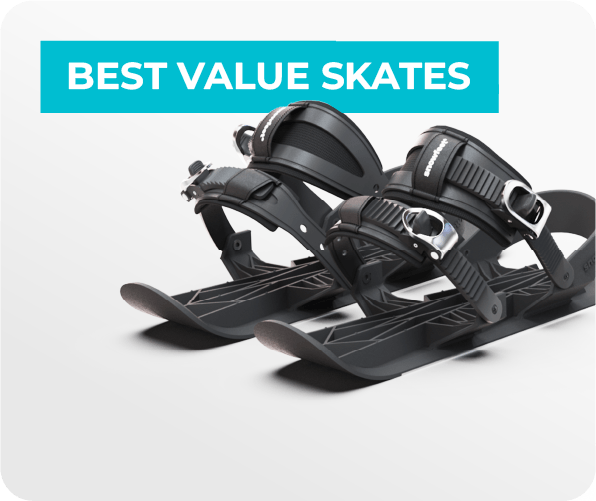


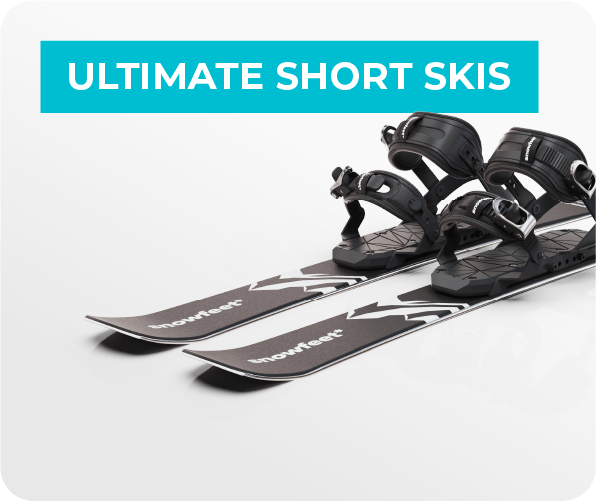


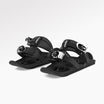
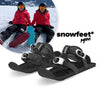

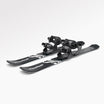



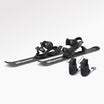
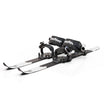

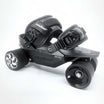

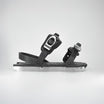





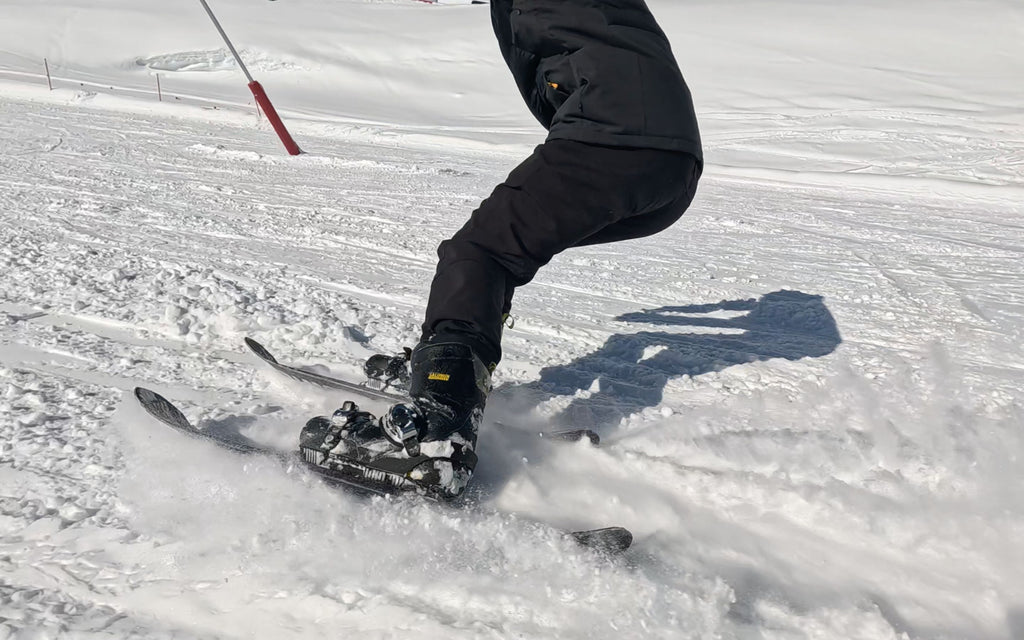














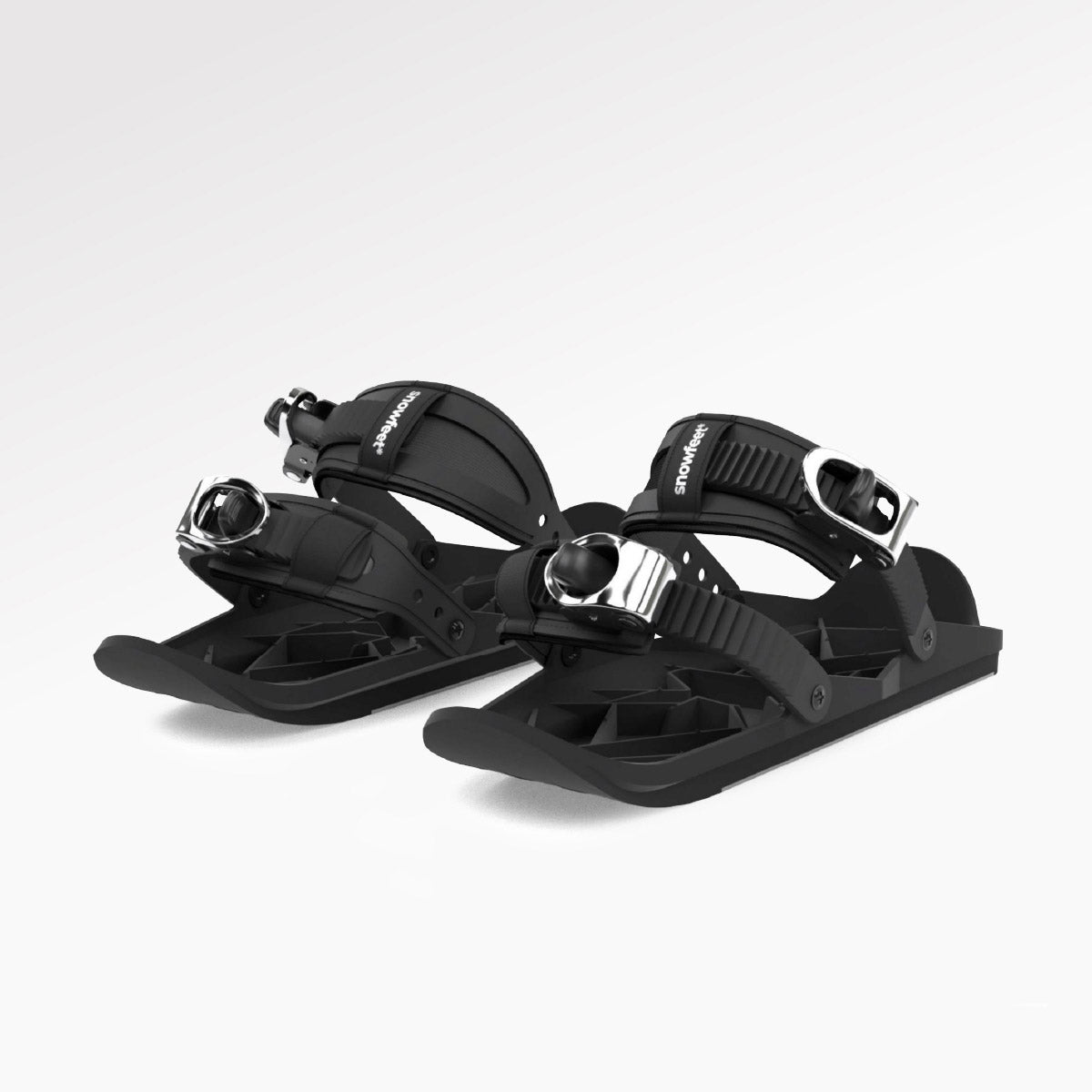
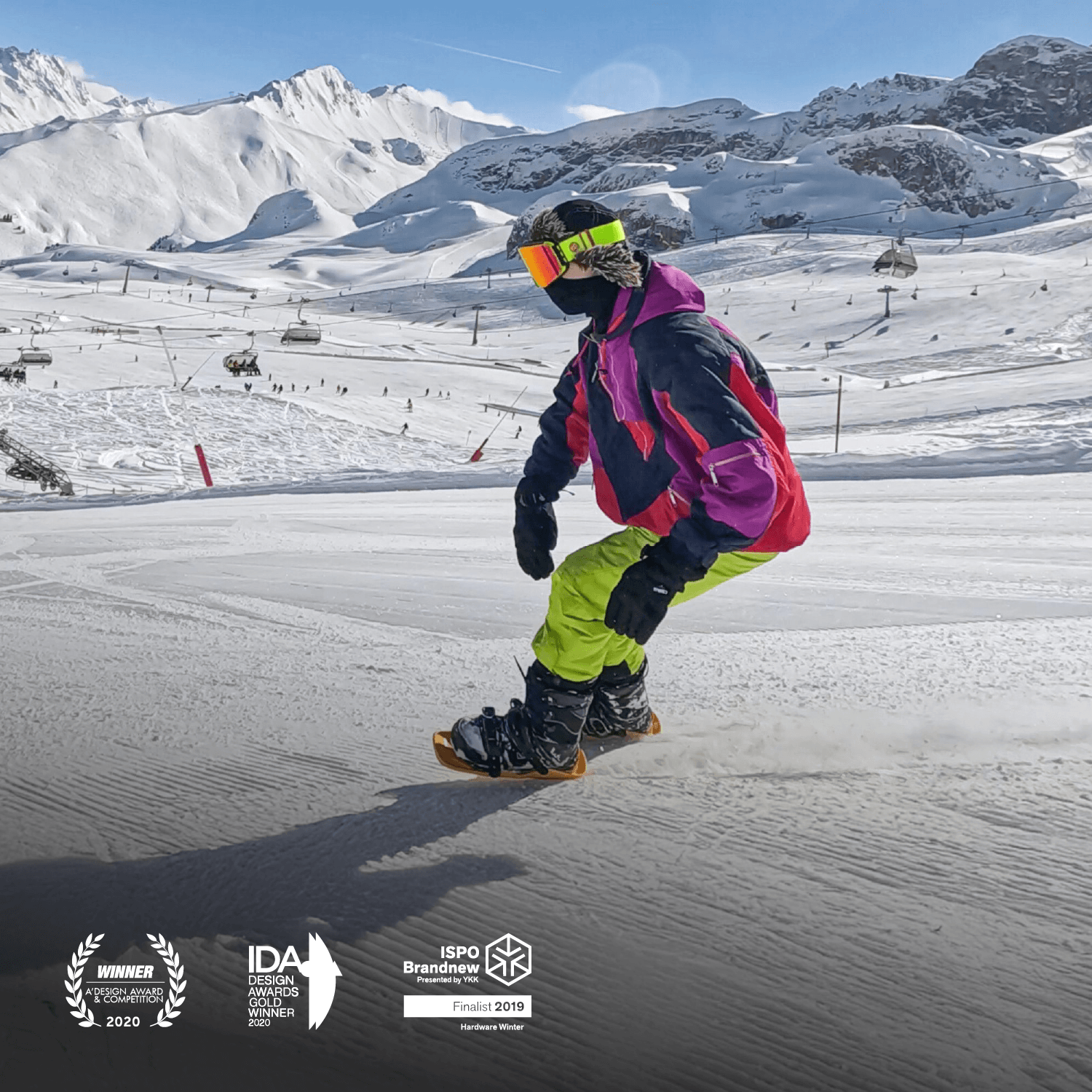
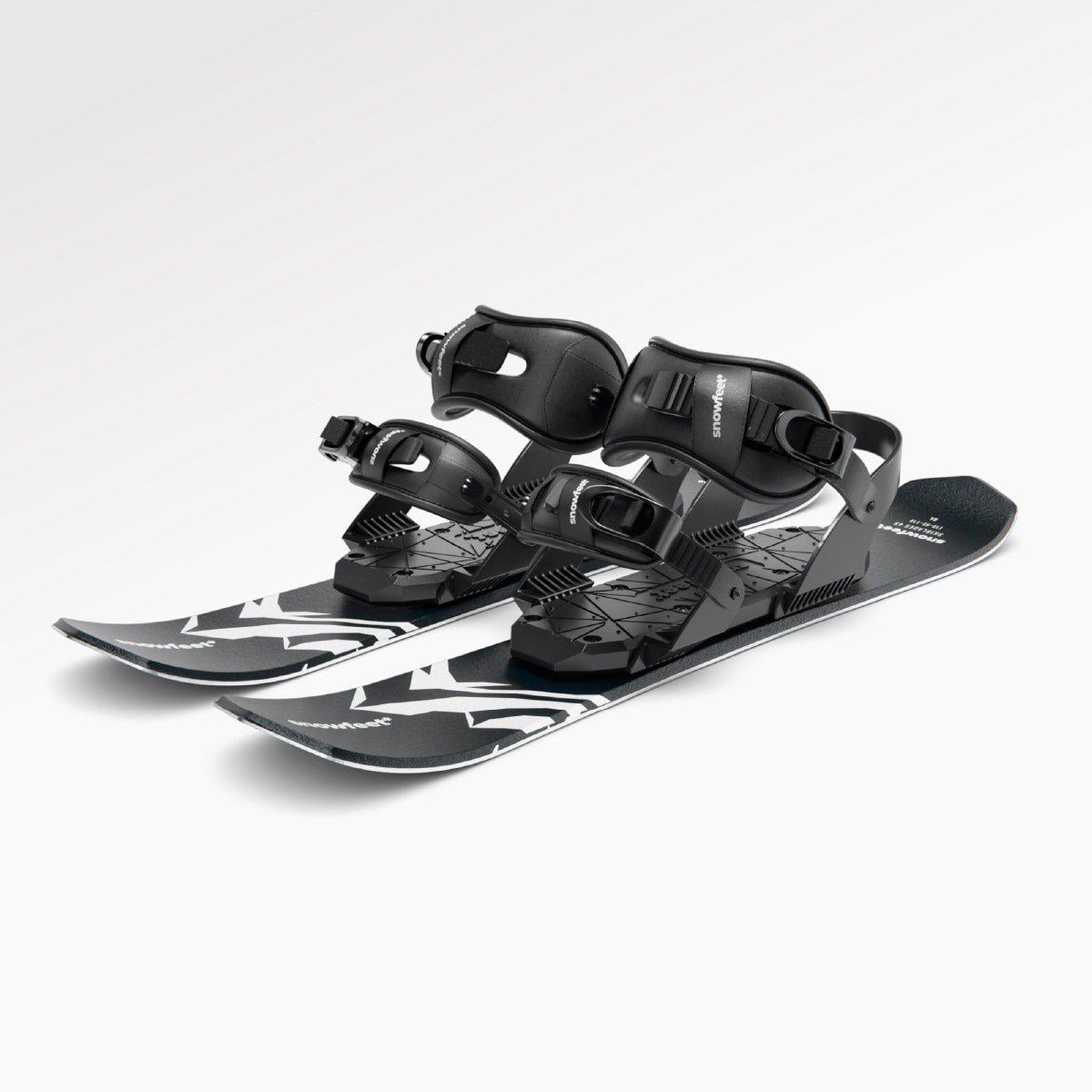



3 コメント
Snowfeet Team
@Beatrice
Thank you for your question! Yes, Snowfeet skiblades are actually easier on the knees than long skis — they’re shorter, lighter, and turn with less effort. Many older skiers find them more comfortable and stable at slower speeds. Enjoy your skiing! ❄️⛷️
Beatrice
I have some knee problems but I’d still love to hit the slopes from time to time. Are Snowfeet suitable for someone with bad knees?
canada drugs online
This article will help the internet people for creating new weblog or even a weblog from start to end.
コメントを残す
このサイトはhCaptchaによって保護されており、hCaptchaプライバシーポリシーおよび利用規約が適用されます。